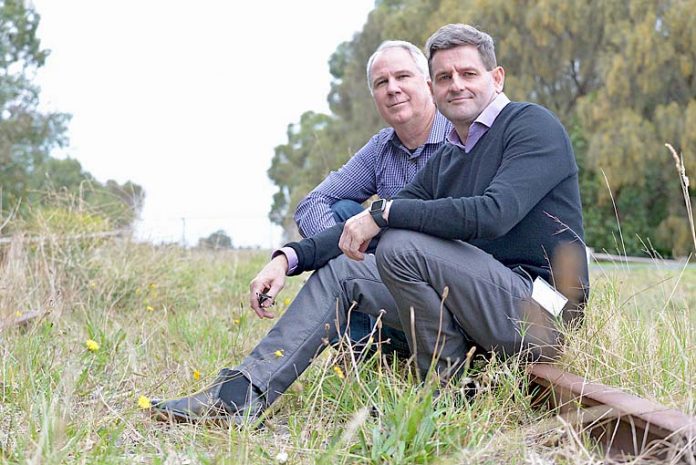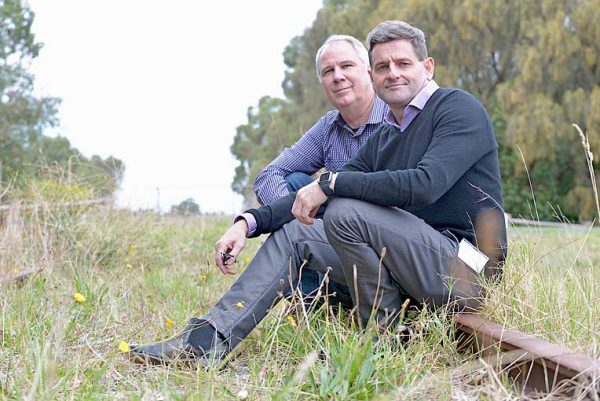

THE nation’s peak scientific body visited the South East region on Wednesday to investigate the potential return of freight rail services to the Limestone Coast.
The study – undertaken by the CSIRO and spearheaded by Regional Development Australia Limestone Coast – will focus on the region’s freight road network and idle rail corridors.
Stage one of the study will aim to determine whether investment in the transport network can drive productivity.
CSIRO mathematical and statistical modeller Stephen McFallan and his team visited the region on Wednesday to engage with key stakeholders.
“We are here to talk to key stakeholders about freight flows and transport throughout the region to create a baseline of what it looks like currently in the Limestone Coast,” he said.
“We will then add that information into our Transit model, which will allow us to look at how a freight rail service would play out in the region.”
He said stakeholder engagement would take around three more weeks to complete.
“Over that time we will continue to contact people who can inform the model and at the end of that process, we will have that baseline,” he said.
The study will particularly assess whether reinstating the rail lines from Mount Gambier to Heywood and Mount Gambier to Wolseley will reduce freight costs and save wear on the regional road network.
However, Mr McFallan said the model would also show the region’s interaction with the whole of Australia.
“We want to see how it would interact with the entire road and rail network across the country,” he said.
Commodities that may be utilised by a freight rail network range from agriculture to forestry and other fuels.
Mr McFallan said they were endeavouring to gather information from all industries for the study.
“We will look at a range of different commodities, however not all go well on trains, so it is about finding out whether a freight rail would be efficient for those supply chains,” he said.
“When we do the scenario modelling, it can be quite complex, so it is important we are capturing accurate inputs, so the end result is not nonsense information.”
He said the key outcome is finding the path to market, which is the most efficient.
“Both time and cost are factors – while train may take an hour or two longer than trucks on the road, it could be at a lower cost,” Mr McFallan said.
“It is about weighing up the pros and cons.”
Regional Development Australia Limestone Coast chief executive officer David Wheaton said the study was crucial in identifying the best option for freight transport in the region.
“Freight transport is something that was expressed as one of the main issues when speaking to members within the relevant industries,” Mr Wheaton said.
“The data will tell us whether a freight rail service would be of economic benefit to the Limestone Coast region.”
If the study does identify a freight rail service as a more efficient mode of transport, Mr Wheaton said the next step would be lobbying the government.
While this ground-breaking study will only focus on freight opportunity, RDA Limestone Coast officials recently revealed they were fledgling talks with Victorian councils over possible passenger rail opportunities.







